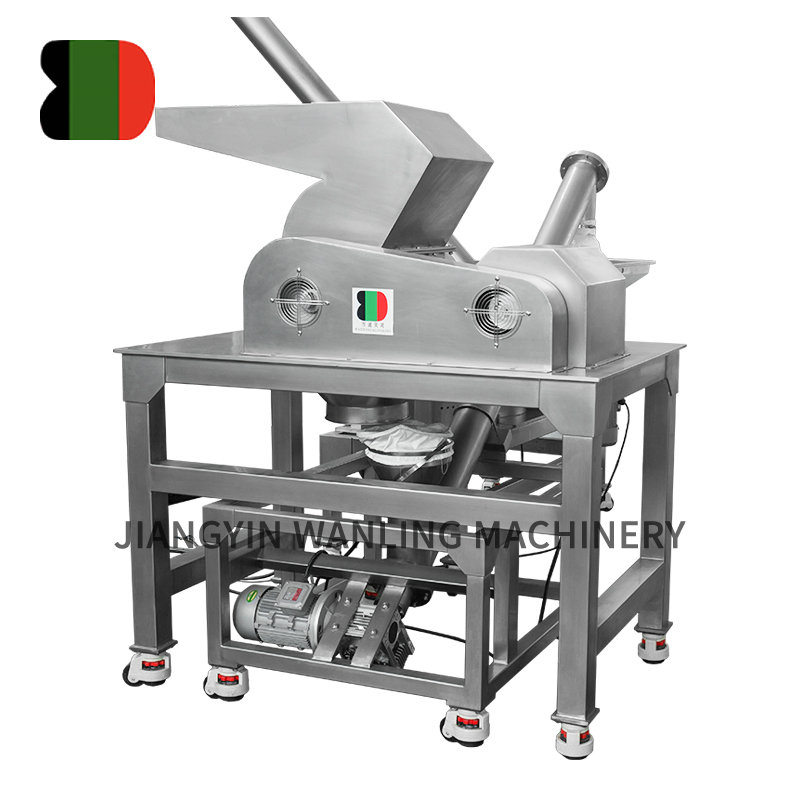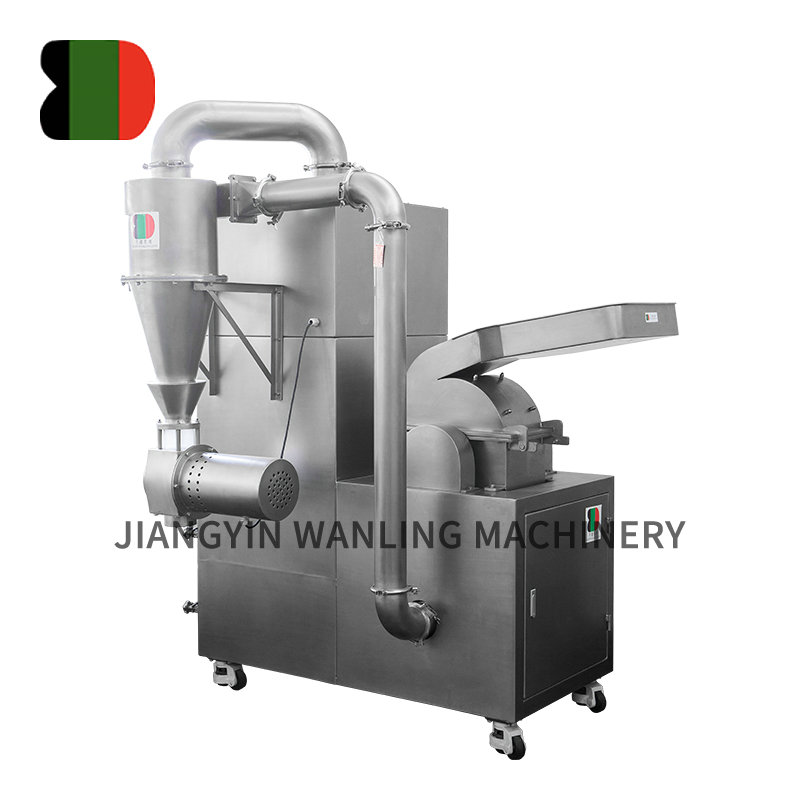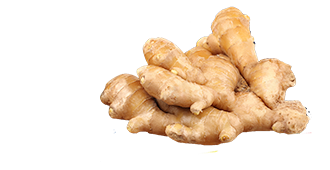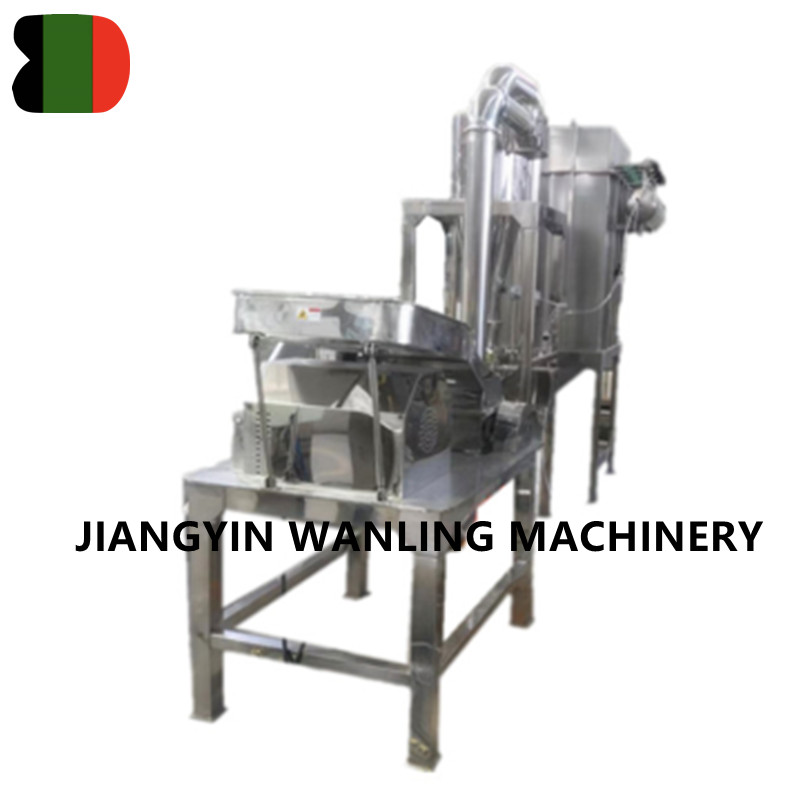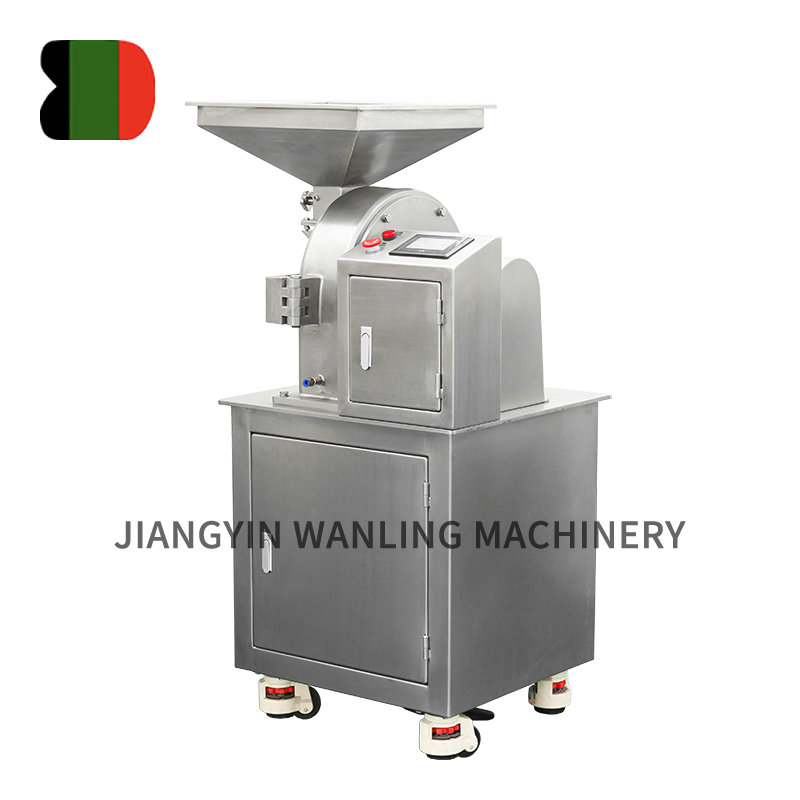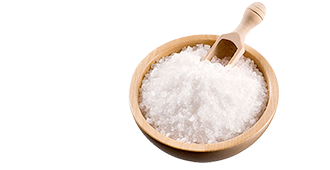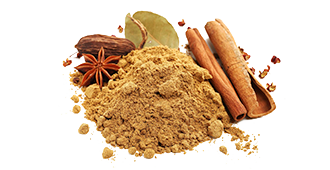Role of Impeller and Chopper in Rapid Mixer Granulator
In a rapid mixer granulator, the impeller and chopper work together to transform fine powder mixtures into uniform granules. The impeller is responsible for bulk mixing and powder circulation, while the chopper breaks down agglomerates to control granule size. Their combined operation governs the balance between mixing intensity, moisture distribution, and granule density, which are essential for achieving reproducible results in pharmaceutical and industrial formulations.

Influence of Impeller Speed on Granule Formation
The impeller speed directly impacts the shear and compression forces applied to the powder bed. At lower speeds, the mixing is gentle, resulting in coarse and irregular granules due to insufficient binder distribution. Increasing the impeller speed enhances the movement of particles, improving wetting and granule densification. However, excessively high speeds can lead to over-granulation or even breakdown of formed granules due to excessive shear.
Selecting the right impeller speed is crucial for maintaining the desired granule size distribution and porosity. Process optimization often involves balancing impeller speed with binder viscosity and powder flow characteristics to avoid lump formation or fines generation.
Typical Effects of Impeller Speed Adjustment
| Impeller Speed | Granule Size | Bulk Density | Flowability |
| Low | Large and uneven | Low | Poor |
| Medium | Moderate and uniform | Balanced | Good |
| High | Fine and compact | High | Excellent, but risk of over-granulation |
Impact of Chopper Speed on Granule Uniformity
The chopper speed in a rapid mixer granulator determines how effectively large wet lumps are broken into smaller, more uniform granules. At low speeds, the chopper provides limited fragmentation, leading to the formation of oversized clumps. Medium-speed operation helps maintain uniform granule size by promoting secondary granulation, where smaller particles adhere to existing granules. At higher speeds, the chopper introduces high shear, creating fine particles with better flow characteristics.
The interaction between impeller and chopper speeds defines the final granule profile. While the impeller controls bulk movement, the chopper refines the granule size distribution, minimizing agglomerate variability and improving downstream compressibility during tableting or capsule filling.
Optimizing Process Parameters for Consistent Results
Achieving consistent granulation quality in a rapid mixer granulator requires precise control of multiple variables. Along with impeller and chopper speed, factors such as binder addition rate, granulation time, and powder moisture level influence the outcome. Process analytical technology (PAT) tools are often used to monitor torque and power consumption, providing real-time feedback for adjusting mixing intensity.
Optimization Strategies
- Use medium impeller speed with high chopper speed for narrow particle size distribution.
- Monitor torque to identify the end point of granulation and avoid overwetting.
- Adjust binder viscosity to improve uniform wetting and prevent oversized granules.
- Apply controlled drying conditions to preserve granule strength and minimize attrition.
Conclusion
The interplay of impeller and chopper speed is central to the performance of a rapid mixer granulator. Optimizing these speeds ensures uniform granule size, improved compressibility, and predictable dissolution profiles in pharmaceutical products. Through intelligent parameter control and real-time monitoring, manufacturers can achieve efficient, repeatable granulation processes that meet both quality and productivity standards.



 Español
Español